If you’re a first-time homebuyer in Singapore, you might consider a Built-To-Order (BTO) flat. BTO flats are famous for many Singaporeans because they are affordable and have modern amenities. However, before moving into your new BTO flat, you must have enough money for the downpayment.

The downpayment is a significant expense that can be difficult to manage, incredibly if unprepared. In this article, we’ll cover everything you need to know about BTO downpayment in Singapore, including how much you’ll need to pay when and how you can prepare for this expense.
We’ll also cover additional costs for buying a BTO flat, loan options, and the BTO application process. By the end of this article, you’ll better understand what to expect when buying a BTO flat in Singapore.
Key Takeaways
- BTO downpayment can be a significant expense for first-time homebuyers in Singapore.
- Understanding the BTO purchase price, additional costs, loan options, and eligibility requirements is essential before applying for a BTO flat.
- Financial preparation is critical to managing BTO downpayment and other expenses associated with buying a BTO flat.
Understanding BTO Flats and BTO Downpayment in Singapore
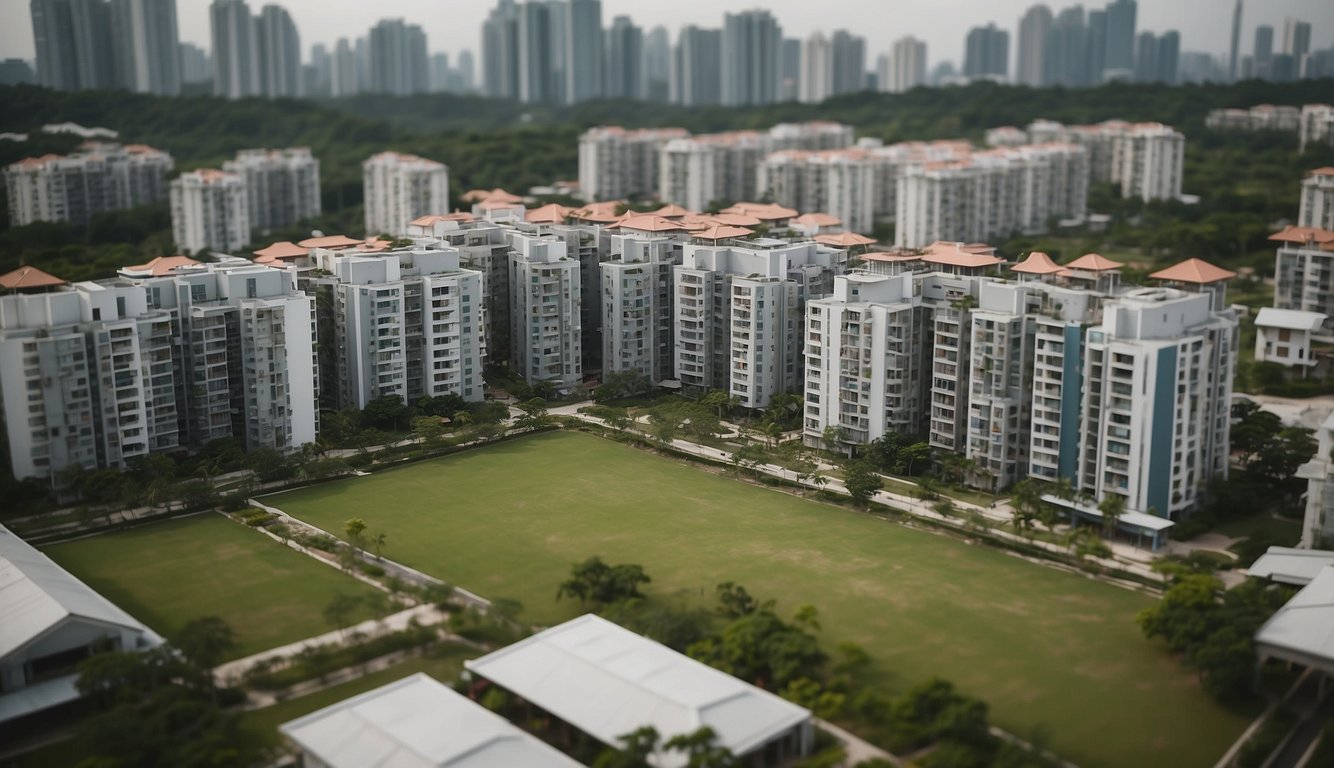
If you’re a prospective homebuyer in Singapore, you might have encountered the term BTO flats. Here’s everything you need to know about BTO flats in Singapore.
What is a BTO?
BTO stands for Build-To-Order. It is a type of public housing in Singapore built according to demand. This means the flats are constructed only when there is enough demand from prospective homebuyers. BTO flats are typically cheaper than resale flats and executive condominiums (ECs).
BTO vs Resale Flats
One of the main differences between BTO flats and resale flats is the price. BTO flats are generally cheaper than resale flats. BTO flats are also newer and come with a 99-year leasehold. Resale flats, on the other hand, may have a shorter leasehold and may require more renovation work.
BTO vs Executive Condominiums (EC)
BTO flats and executive condominiums (ECs) are both types of public housing in Singapore. However, ECs are typically more expensive than BTO flats. ECs also have more amenities like swimming pools, gyms, and tennis courts. BTO flats, on the other hand, are more basic and may not have as many amenities.
Overall, BTO flats are an excellent option for prospective Singapore homebuyers looking for affordable housing. Remember that BTO flats require a downpayment, which can be paid using your CPF or cash. You can find out more about the BTO downpayment timeline here.
Financial Preparation for BTO Downpayment

If you plan to buy a Built-to-Order (BTO) flat in Singapore, you must prepare for the downpayment. The downpayment is the initial payment you make when you purchase a property. In this section, you’ll learn how to prepare financially for the BTO downpayment.
Assessing Your Finances
Before applying for a BTO flat, you must assess your finances. Considering your income, expenses, and savings would be best. You must ensure that you have enough money to pay for the downpayment. You can use a budgeting tool to help you assess your finances.
CPF Ordinary Account Usage
You can use your CPF Ordinary Account (OA) savings to pay the downpayment. The CPF OA is a savings account you can use to pay for your housing needs. The amount you can use depends on the type of loan you take.
Cash and CPF Payment Options
You can pay for the downpayment using a combination of cash and CPF OA savings. If you take an HDB loan, you must pay 15% of the purchase price as a downpayment. If you take a bank loan, you must pay 25% of the purchase price as a downpayment. You can pay the downpayment in cash or using your CPF OA savings.
If you’re using a bank loan, you can use the Staggered Downpayment Scheme (SDS) to pay for the downpayment. The SDS allows you to pay the downpayment in stages. You’ll need to pay 5% of the purchase price in cash and the remaining 20% using your CPF OA savings.
In conclusion, preparing financially for the BTO downpayment is crucial if you want to purchase a BTO flat in Singapore. You need to assess your finances, understand CPF OA usage, and know the available cash and CPF payment options.
BTO Downpayment: Purchase Price and Additional Costs

Congratulations on deciding to buy a BTO flat! One of the first things you must consider is the flat’s purchase price. The purchase price is the amount you pay for the flat, which can vary depending on the location, size, and flat you choose. You can use your CPF Ordinary Account (OA) savings and cash to pay the purchase price.
Stamp Duties and Legal Fees
In addition to the purchase price, you also need to consider the stamp duties and legal fees. Stamp duty is a tax you must pay when buying a property. The stamp duty payable depends on the purchase price of the flat. You also need to pay legal fees for conveyancing and other legal services.
The stamp duty for a BTO flat includes the Buyer’s Stamp Duty (BSD) and Additional Buyer’s Stamp Duty (ABSD). The BSD is a tax you need to pay when you buy a property, and it is calculated based on the purchase price of the flat. The ABSD is an additional tax you must pay if you are a second-time buyer or a foreigner.
Additional Costs Beyond the Downpayment
Apart from the downpayment, there are other additional costs you need to consider when buying a BTO flat. These include survey fees, stamp duty for the deed of assignment, and other miscellaneous fees. The survey fee is payable to the Land Surveyors Board for the land survey. The stamp duty for the deed of assignment is expected when you transfer the ownership of the flat from HDB to you.
It is essential to factor in all these costs when budgeting for your BTO flat purchase. Do your research and understand the costs involved before committing to a purchase. With proper planning and budgeting, you can make your dream of owning a BTO flat a reality!
BTO Downpayment: Loan Options and Eligibility
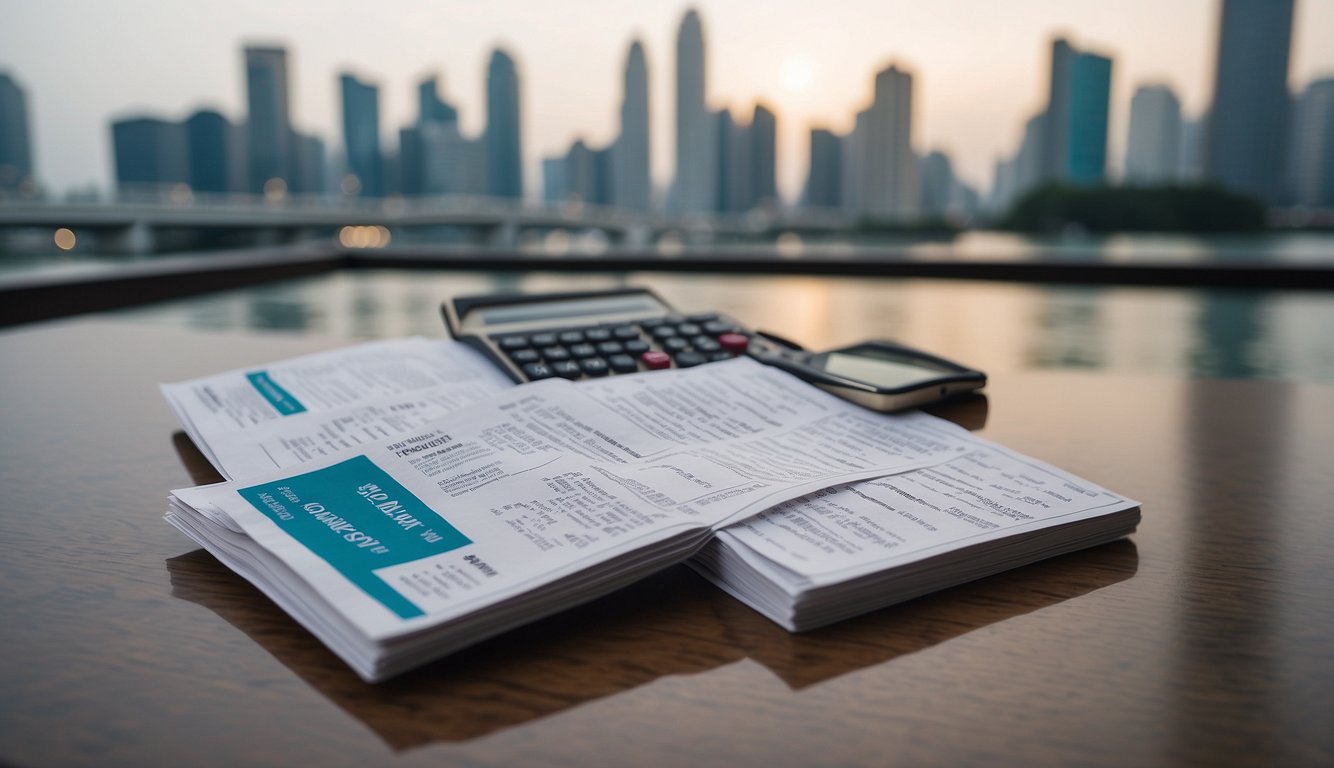
When it comes to financing your BTO flat, you have two main loan options: HDB Loan and Bank Loan.
HDB Loan vs Bank Loan
With an HDB Loan, you can borrow up to 90% of the purchase price of your flat, with a maximum loan tenure of 25 years. However, this loan is only available to Singapore citizens and Permanent Residents (PRs) with certain eligibility conditions. The interest rate for an HDB Loan is fixed at 2.6% per annum and is reviewed every quarter.
On the other hand, with a Bank Loan, you can borrow up to 75% of the purchase price of your flat, with a maximum loan tenure of 30 years. The interest rate for a Bank Loan is usually lower than an HDB Loan’s, but it is subject to market fluctuations.
Loan-to-Value (LTV) Ratio
The Loan-to-Value (LTV) ratio is the amount of money you can borrow as a percentage of the purchase price of your flat. For an HDB Loan, the LTV ratio is up to 90%, while for a Bank Loan, it is up to 75%. This means you must come up with a downpayment of at least 10% or 25% of the purchase price, depending on your loan option.
Loan Tenure and Interest Rates
The loan tenure is the time you have to repay your loan. For an HDB Loan, the maximum loan tenure is 25 years, while for a Bank Loan, it is 30 years. The longer your loan tenure, the lower your monthly instalments will be, but you will pay more in interest over the long run.
The interest rate is the cost of borrowing money. For an HDB Loan, the interest rate is fixed at 2.6% per annum, while for a Bank Loan, it is subject to market fluctuations. You can choose between a fixed or a floating rate for your Bank Loan. A fixed-rate means that your interest rate will remain the same throughout your loan tenure, while a floating rate means that your interest rate will vary according to market conditions.
If you are unsure which loan option to choose, you may consult a mortgage broker who can help you compare the different loan packages available and find the one that best suits your needs and budget.
BTO Downpayment: Application Process
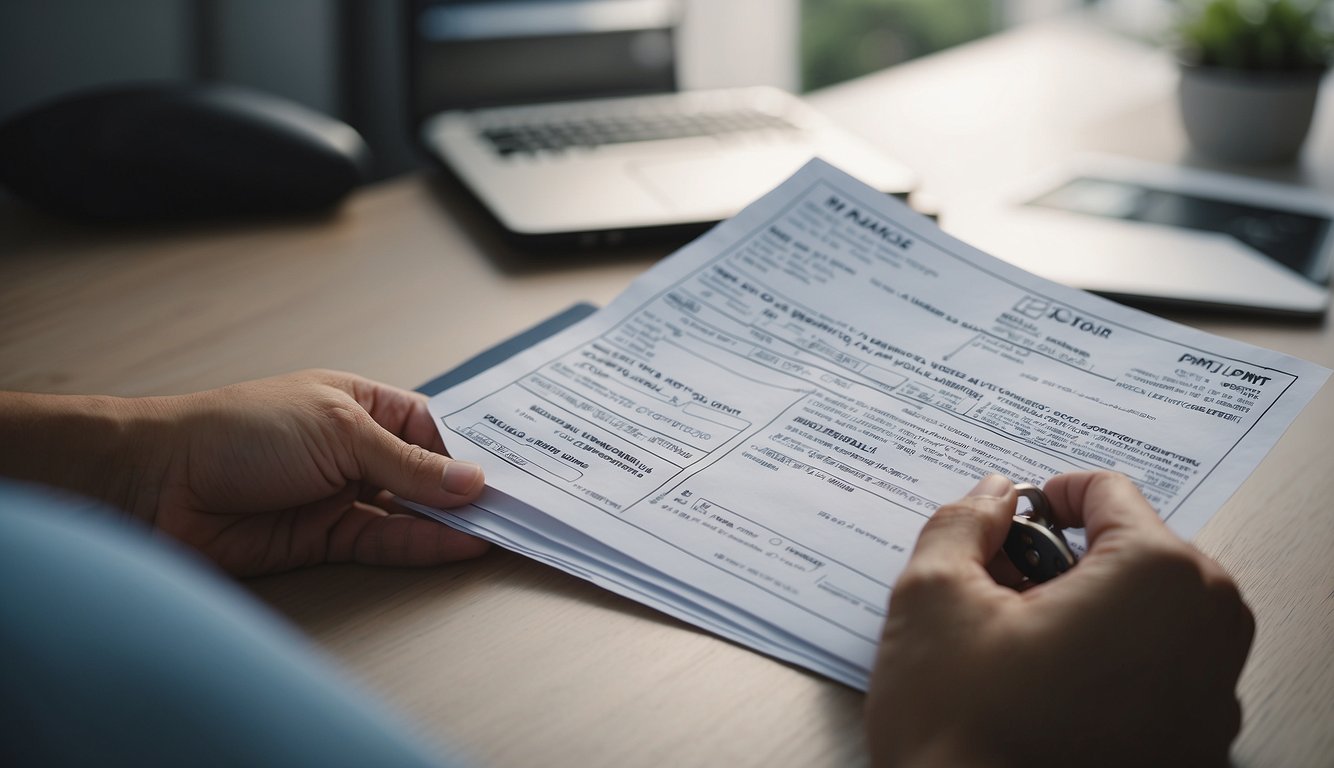
Are you a first-time home buyer in Singapore looking to purchase a BTO or HDB flat? The BTO application process can be overwhelming if you don’t know what to expect. This section will guide you through the BTO application process step-by-step.
First-Timer Applicants and Eligibility
As a first-time applicant, you may be eligible for various grants and schemes to help you purchase your first home. To be eligible for a BTO flat, you must be a Singapore citizen and meet the eligibility criteria set by the HDB.
The eligibility criteria include your combined income, age, and family nucleus.
The Balloting Process
Once you have checked your eligibility and decided on the location and flat type you are interested in, you can submit your BTO application during the launch period. The balloting process will take place after the application period has closed. If your application is successful, you will be notified and invited to select a flat during the booking period.
Option Fee and Booking a Flat
To book a flat, you will need to pay an option fee. The option fee is a deposit that secures your booking and is deducted from the flat’s purchase price. The amount of the option fee varies depending on the flat type and location. You can pay the option fee using your CPF Ordinary Account savings or cash.
In conclusion, the BTO application process can seem daunting, but it can be a smooth and exciting experience with the right information and guidance. Check your eligibility, understand the balloting process, and prepare for the option fee and booking process. By following these steps, you can become a proud homeowner in Singapore.
BTO Downpayment: Payment Timeline and Key Collection
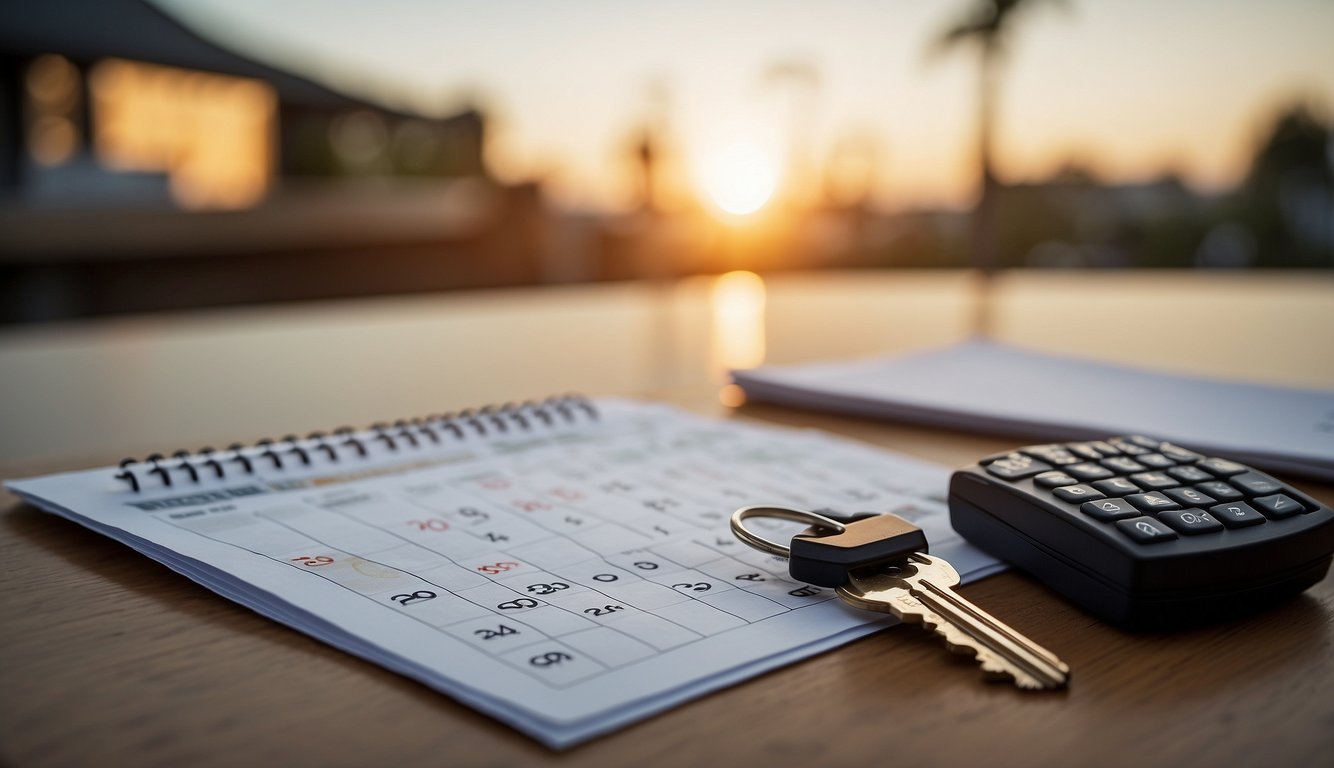
If you are planning to buy a Built-to-Order (BTO) flat in Singapore, it is essential to understand the payment timeline and key collection process. Here’s everything you need to know:
Staggered Payment Scheme
The Staggered Payment Scheme allows you to pay for your BTO flat in stages instead of a lump sum. This scheme is available for flats under construction, and you must pay a deposit of 10% of the purchase price when you book your flat. The remaining down payment can be paid in stages per the payment schedule provided by the Housing & Development Board (HDB).
Milestones and Payment Schedule
The payment schedule for your BTO flat will depend on the stage of construction and the type of flat you have booked. For BTO applications from 30 September 2022 onwards, the down payment will be 20%. This can be paid using a combination of CPF Ordinary Account (CPF OA) savings and cash. The minimum cash downpayment is 5%. For example, if the purchase price of your BTO is S$400,000, your downpayment would be S$80,000.
The payment schedule for your BTO flat will include the following milestones:
- Booking fee – 5% of the purchase price
- Down payment – 20% of the purchase price
- Lease in-escrow – 65% of the purchase price
- Mortgage in-escrow – The remaining balance of the purchase price
It is important to note that the lease in- and mortgage in-escrow payments are made directly to HDB. You must make an online transfer of your CPF funds to HDB to initiate these payments. The purchase price balance can be paid using a cashier’s order.
Once your BTO flat is completed, you will be invited to collect the keys to your booked flat. If you have booked a completed flat, you will sign the Agreement for Lease and collect the keys to the new flat 9 months after booking the flat. The balance payment for the flat must be paid before you can manage the keys.
Understanding the payment timeline and essential collection process for your BTO flat is crucial to ensure a smooth and hassle-free buying experience.
BTO Downpayment: After Key Collection
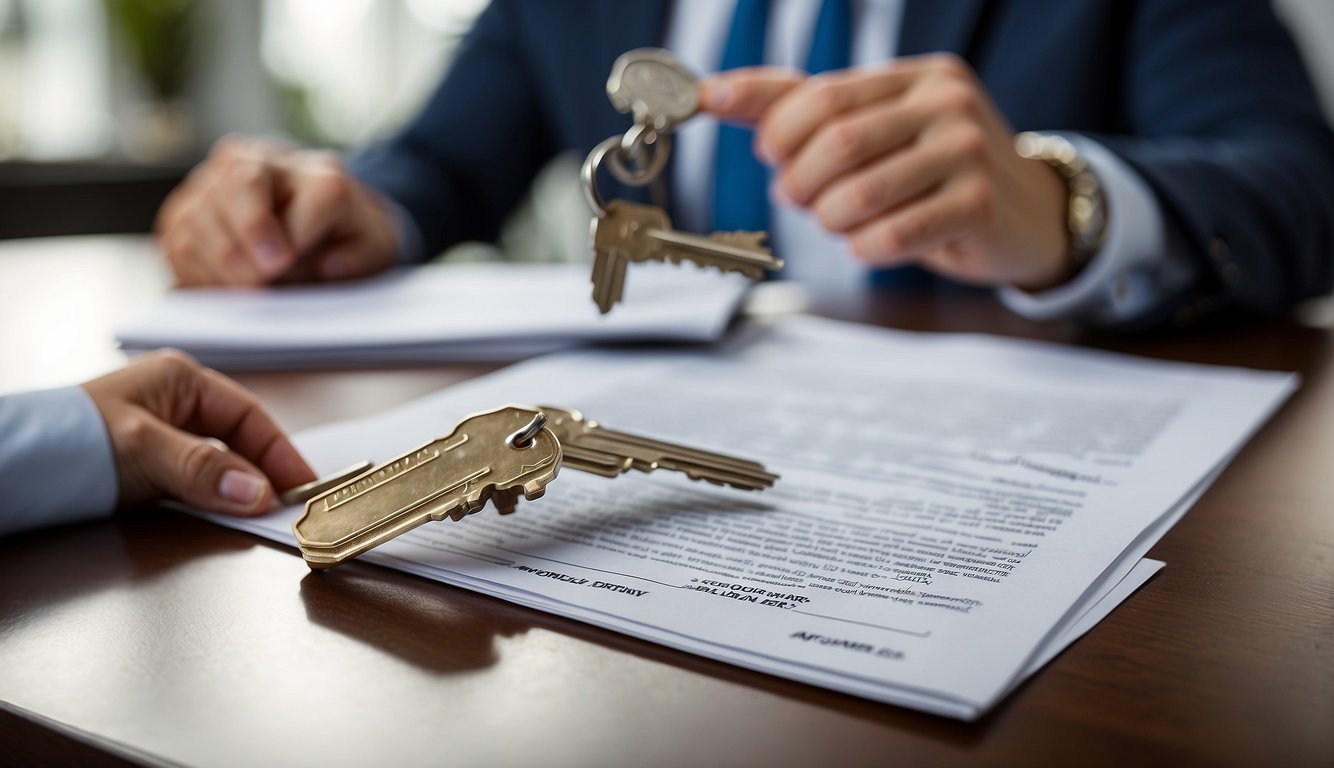
Congratulations on collecting the keys to your new BTO flat! Now that you have space, it’s time to start thinking about the next steps. Here are a few things you should consider after essential collection:
Home Protection Scheme
The Home Protection Scheme (HPS) is mortgage-reducing insurance that provides coverage for outstanding housing loans in the event of death, terminal illness, or total permanent disability. If you take an HDB housing loan, you will automatically enrol in the HPS. However, if you are taking a bank loan, you must apply for the HPS separately.
The premium for the HPS can be paid using your CPF Ordinary Account (OA) savings or cash. The premium depends on the loan amount and the insured person’s age. You can use the HPS Premium Calculator on the CPF website to estimate the premium amount.
Renovation and Moving In
Once you have collected the keys to your new BTO flat, you can start planning your renovation. Renovation costs can vary depending on the extent of the work you want to do. You may wish an interior designer or contractor to help you with the renovation.
Before renovating, you must check for any defects in your flat. You should report defects to the HDB within 7 days of essential collection. Any defects reported after this period may not be covered by the HDB.
Once your renovation is complete, you can start moving in. You may want to hire a moving company to help you with the move. It would be best to consider getting fire insurance for your new home to protect your belongings.
Monthly Installments
After crucial collection, you will need to start paying your monthly installments. The monthly instalment amount depends on the loan amount, the loan tenure, and the interest rate. You can use the HDB Loan Calculator on the HDB website to estimate your monthly instalment amount.
In addition to the monthly instalments, you will also need to pay for the property tax, maintenance fees, and utilities. You should budget for these expenses to ensure that you can afford to pay for them.
After crucial collection, you should focus on settling into your new home. You can enjoy your new home with peace of mind by taking care of the necessary details, such as the HPS, renovation, moving in, and monthly instalments.
BTO Downpayment: Additional Considerations for Buyers

When buying a BTO flat, there are a few additional considerations that you should keep in mind to ensure that you make the most of your investment. Here are some essential factors that you should consider:
CPF Grants and Subsidies
As a newlywed couple, you may be eligible for CPF grants and subsidies to help offset the cost of your BTO flat. For example, depending on your income and other factors, you may qualify for the Enhanced Housing Grant (EHG) or the Family Grant. Be sure to check your eligibility and apply for these grants as soon as possible to help reduce your downpayment and overall cost.
Long-Term Financial Planning
When taking out a home loan for your BTO flat, it’s essential to consider your long-term financial planning. Most home loans have a term of 25 years, meaning you will be paying off your loan for a long time. Therefore, choosing a convenient payment method for you and your family is crucial.
Your bank recommends that you set aside some of your CPF OA savings to help pay for your monthly mortgage payments. This helps reduce the cash you must pay out of pocket each month. Additionally, it would be best to consider saving for emergencies and unexpected expenses.
Permanent Residents
If you are a permanent resident, you may be subject to different rules and regulations when buying a BTO flat. For example, you may need to pay a higher downpayment or meet additional eligibility criteria. Therefore, it’s essential to check with HDB and your bank to understand the specific requirements that apply to you.
Overall, buying a BTO flat is an exciting milestone in your life. By considering these additional factors and planning, you can ensure that you make the most of your investment and enjoy your new home for years to come.
BTO Downpayment: Conclusion
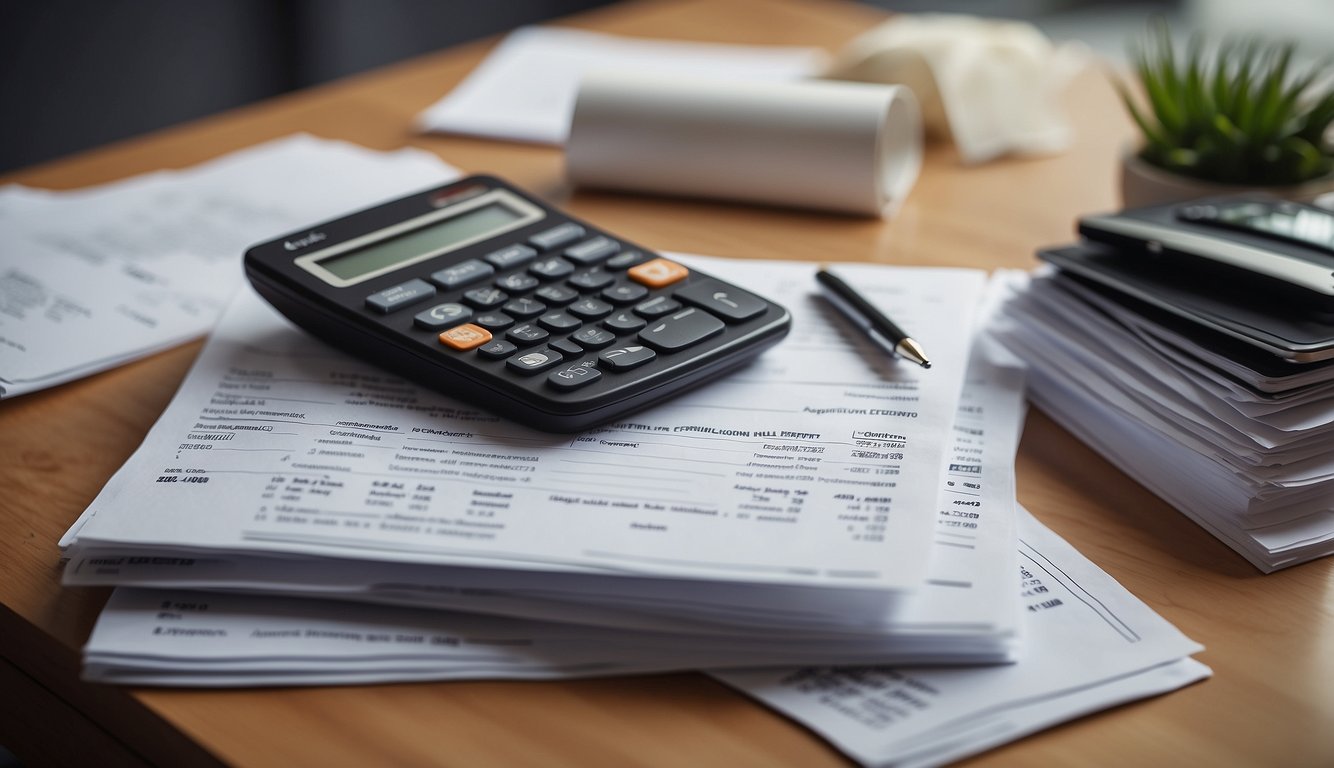
Congratulations! You have made it to the end of our comprehensive guide to BTO downpayment in Singapore. By now, you should understand BTO downpayment, how it works, and what you must do to ensure you are financially prepared to buy your dream home.
Remember, when it comes to BTO downpayment, there are a few key things to remember. First, you will need to have enough money saved to cover the downpayment, which can be a significant amount depending on the price of your flat. Second, you must ensure you are eligible for a BTO loan from HDB or a bank loan if you choose to go that route.
To help you prepare for the downpayment, we recommend creating a budget and saving plan considering your current income, expenses, and financial goals. You can use tools like spreadsheets or budgeting apps to help you keep track of your finances and stay on track.
Another critical thing to remember is that BTO downpayment requirements can change over time, so staying current on the latest regulations and policies is always a good idea. You can do this by checking the HDB website or speaking with a financial advisor who specialises in BTO downpayment.
Buying a BTO flat is an exciting and rewarding experience, but being financially prepared and informed at every step is essential. We hope this guide has helped answer your questions about BTO downpayment and wish you the best of luck in your home-buying journey!
Frequently Asked Questions
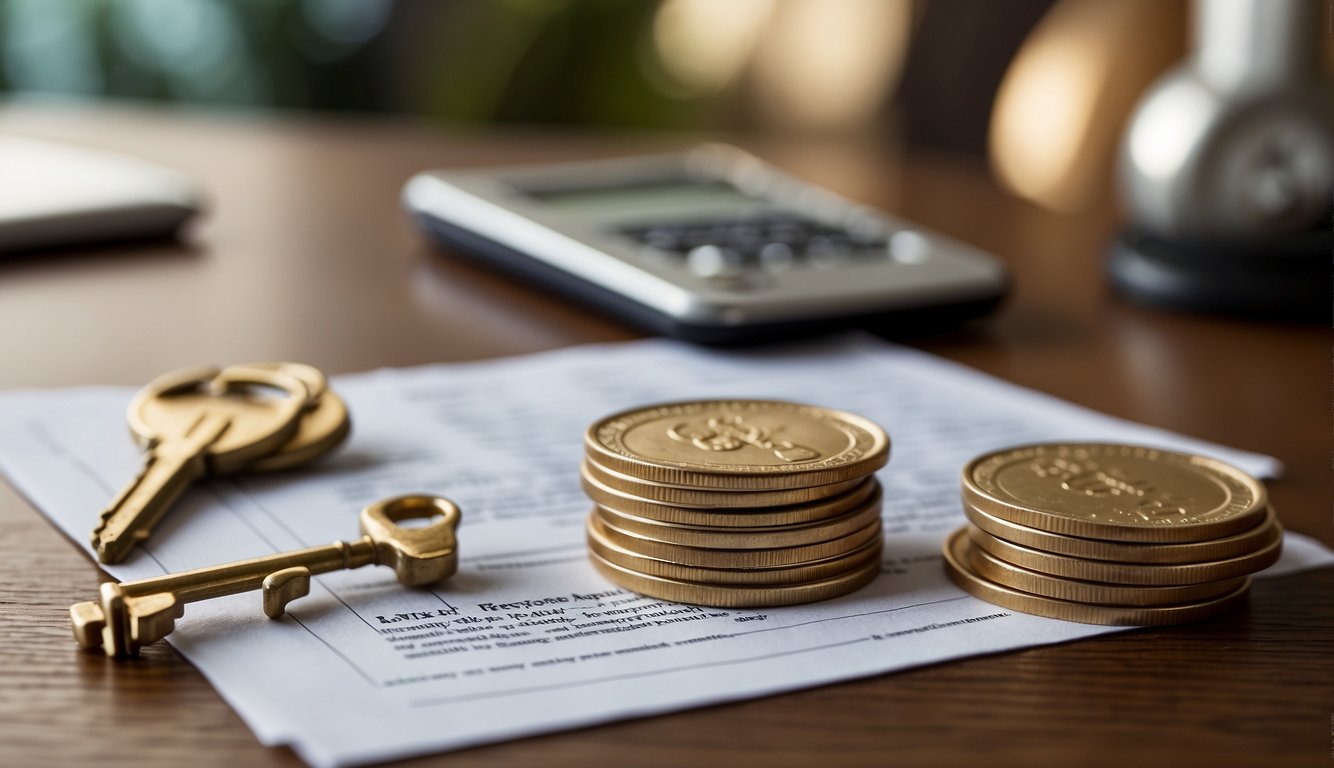
How can I utilise my CPF savings for my BTO flat’s downpayment?
You can use your CPF Ordinary Account (OA) savings to pay for your BTO flat’s downpayment. The exact amount you can use will depend on your age, the remaining lease of the flat, and the type of loan you are taking. You can use the CPF Housing Grant to offset the downpayment and reduce out-of-pocket expenses. Check out 99.co’s guide on BTO payment timeline for more details.
What’s the latest scoop on changes to the BTO downpayment structure?
As of September 2022, the downpayment for BTO flats has been increased to 20% of the purchase price. This applies to BTO applications submitted from September 2022 onwards. However, if you applied for a BTO flat between 16 December 2021 and 20 September 2022, the downpayment is only 15% of the purchase price. You can pay the downpayment using a combination of cash and CPF OA savings. Keep yourself updated with the latest news and announcements from the HDB website.
Could you explain the Staggered Downpayment Scheme for BTO flats?
The Staggered Downpayment Scheme allows you to make the downpayment for your BTO flat in two or three stages instead of a lump sum payment. This scheme is available for both HDB and bank loans. For HDB loans, you can pay the downpayment in two stages, with the first 10% payable upon signing the Agreement for Lease and the remaining 10% 6 months later.
For bank loans, you can pay the downpayment in three stages, with the first 5% payable upon booking, the second 5% payable upon signing the Sale and Purchase Agreement, and the remaining 10% payable 6 months later. Check out SingSaver’s guide on HDB downpayment for more details.
What’s the minimum income required to snap up a BTO flat?
The minimum income required to buy a BTO flat will depend on the type of flat you buy and the number of people in your household. Generally, you must have a combined monthly income of at least $1,500 to be eligible for a BTO flat. However, this amount may vary depending on the location and size of the flat. Check out the HDB website for more details.
At what stage in the BTO process do I need to cough up the downpayment?
You will need to pay the downpayment for your BTO flat at different stages of the process, depending on the type of loan you are taking. If you are taking an HDB loan, you must pay the downpayment in two stages – 10% upon signing the Agreement for Lease and the remaining 10% 6 months later. If you are taking a bank loan, you must pay the downpayment in three stages – 5% upon booking, 5% upon signing the Sale and Purchase Agreement, and the remaining 10% 6 months later.
What essential tips should I know before considering buying a BTO?
Before buying a BTO flat, it’s essential to research and understand the process. Here are a few tips to help you get started:
- Check your eligibility and affordability before applying.
- Choose the right location and flat type that suits your needs.
- Understand the payment process and ensure you have enough funds for the downpayment and other fees.
- Keep yourself updated with the latest news and announcements from the HDB website.
- Seek professional advice from a real estate agent or financial advisor if necessary.
By following these tips, you can make an informed decision and ensure a smooth buying process.

